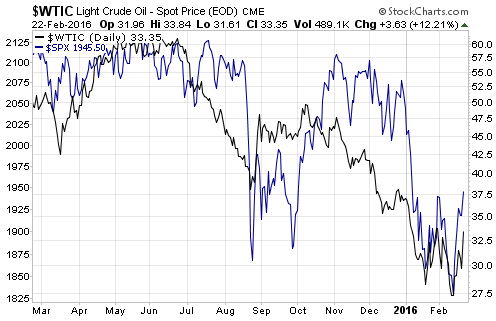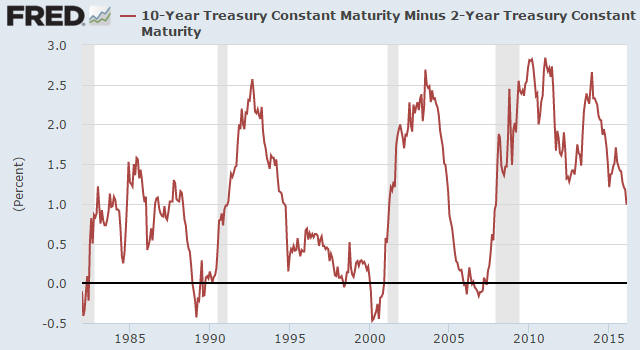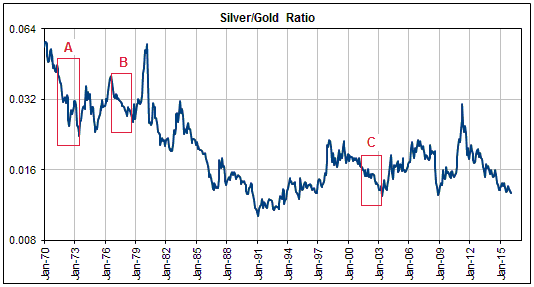This post is a modified excerpt from a recent TSI report.
A point I’ve made many times in TSI commentaries over the years is that the major trends in gold’s relative value have nothing to do with what most people think of as “inflation” (a rising CPI). They are, instead, driven by shifts in how the financial establishment (the central bank plus the commercial banks) is perceived and by shifts in the perception of economic growth prospects. In more general terms, they are driven by shifts in confidence. There are times when a substantial decline in confidence is related to rising inflation expectations, but in developed economies there are more times when it isn’t. And even when it is, it’s not really the decline or the expected decline in the purchasing power of money that results in a greater desire to own gold; it’s the belief* that the stewards of the monetary system are losing control.
The happenings of the past three months constitute an excellent example. Inflation expectations were low when gold began to turn upward in December and if anything are even lower now, but over the past several weeks we had a very fast rally in the real gold price. It should be clear to any knowledgeable observer that the rally had absolutely nothing to do with fear of “CPI inflation”. Rather, it was driven by the combination of fear that the economically-destructive insanity known as Negative Interest-Rate Policy (NIRP) will spread to the US and fear of banking collapse in Europe.
Everything that the world’s most important central banks are doing is based on logical conclusions drawn from false premises. The false premise upon which interest-rate suppression is based is that economic growth is caused by borrowing and consumption. The reality is that saving is the foundation of sustainable economic growth. By pursuing policies that punish saving and reward borrowing, central banks set the scene for slower economic progress.
Now, progress-hindering monetary policy is not something new. It has been the order of the day for a very long time, but it has never before been taken to such extremes. Moreover, senior central bankers are making it crystal clear that they are not close to being done — that they are ready and willing to continue along the current path if the relentless beatings fail to lift morale — even though it is becoming more obvious by the day that the unconventional monetary policies have hurt far more than helped.
The upshot is that today’s central bankers are completely stupid, where stupid is defined as having an unwitting tendency towards self destruction**. Unfortunately, due to their immense power these men and women are taking entire economies along for the ride. The gradual dawning that this is happening is why gold is getting more popular.
*Central banks and governments never had genuine control, but there has been widespread BELIEF over the past several years in the abilities of central banks to create stronger economies.
**The Doug Casey definition.
 Print This Post
Print This Post



